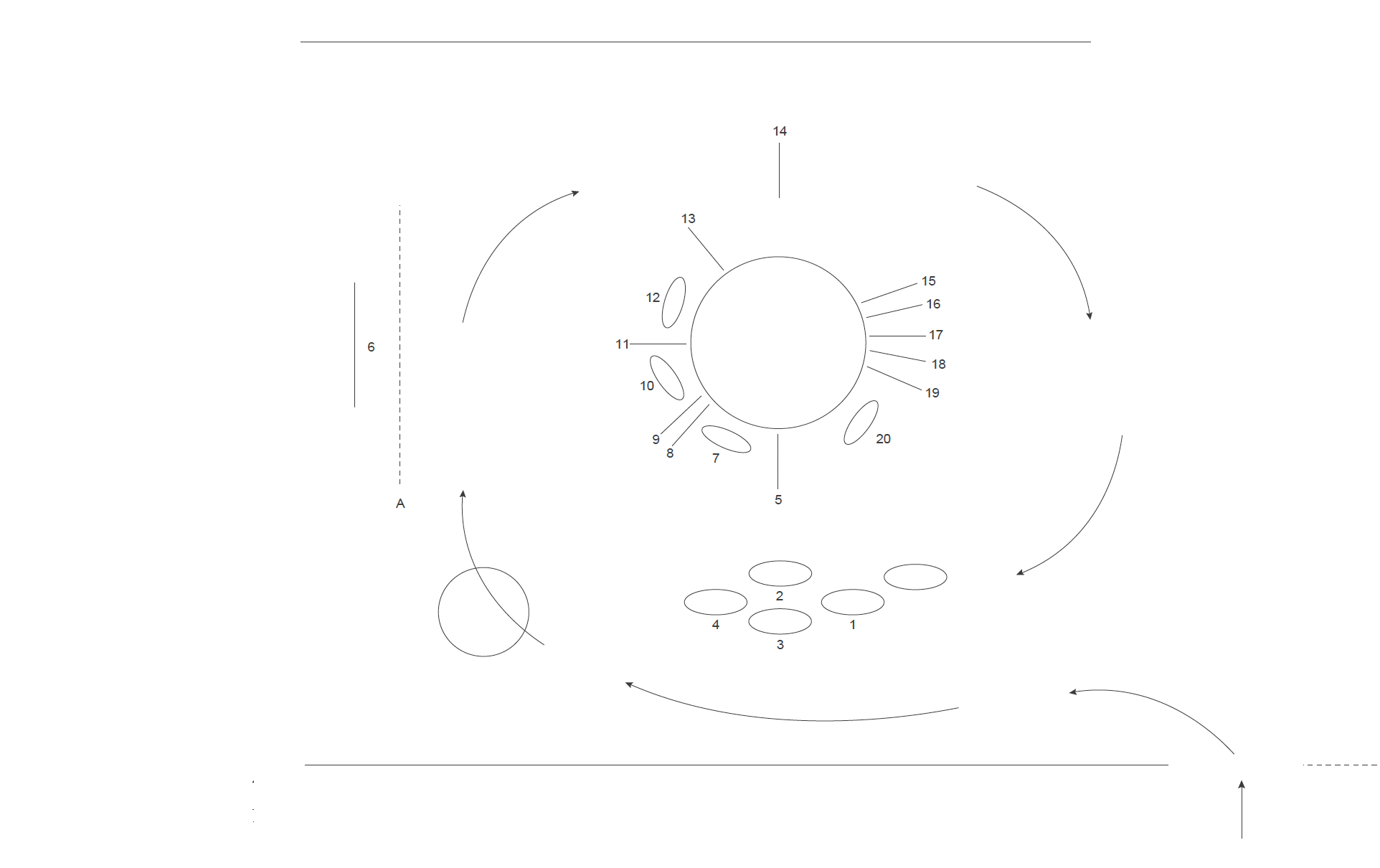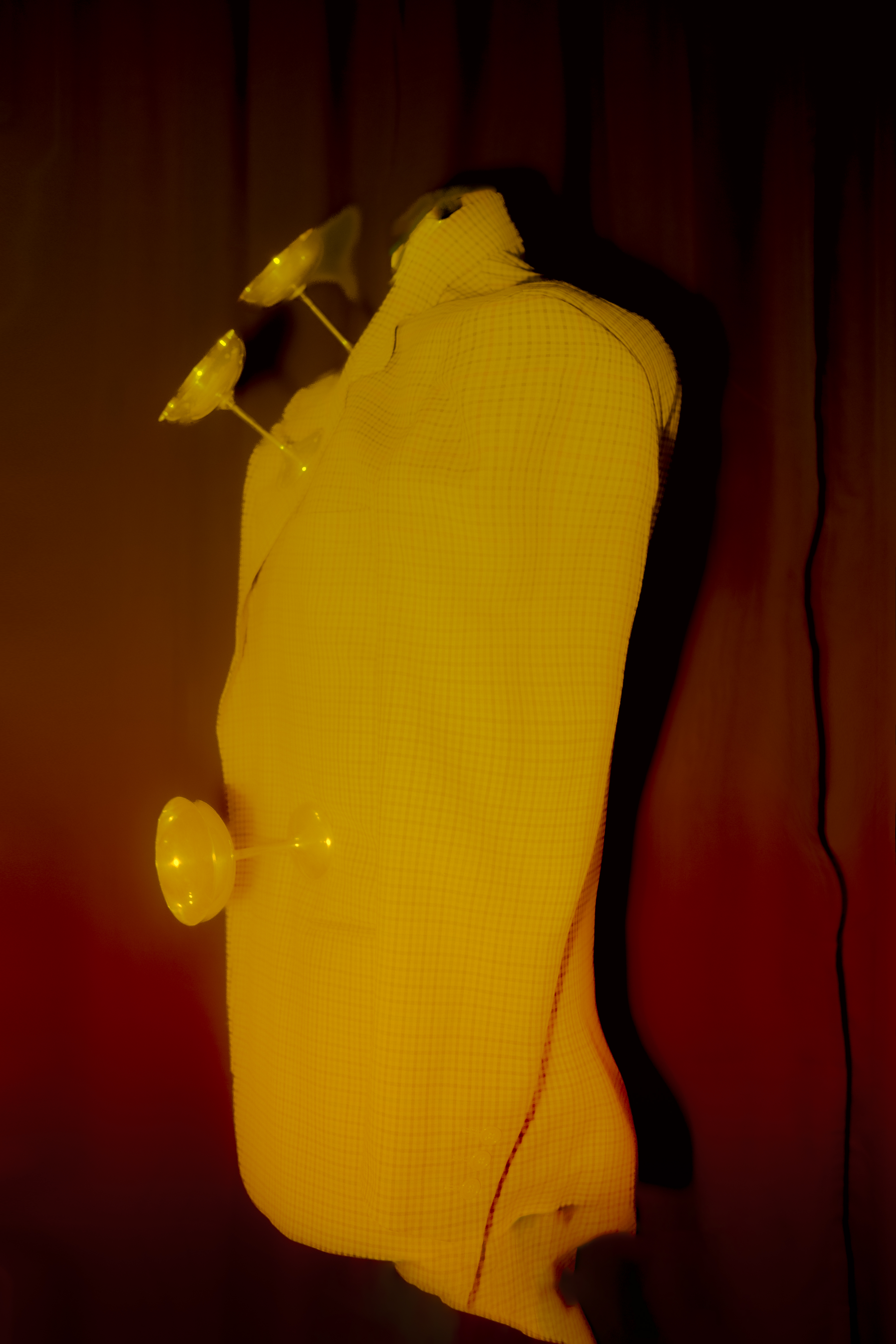Nonostantemarras
Watch on tv ︎︎︎
The Screen constitutes the third episode of Beaten Egg, a transmediaexhibition series by the artist Matete Martini, curated by CostanzaLonganesi Cattani. The exhibition represents the development of theeponymous medium-length film written and directed by the artist,which, at the NonostanteMarras space, becomes its exhibition andtangible counterpart.
With Screen, Matete expands the boundaries of staging, movingfrom film to exhibition. The subjects and objects portrayedin Beaten Egg break free from the confines of the screen andthe two-dimensional dimension and come to life in reality. Matete emerges as the theatrical director of a universewhere interchangeable media converge: from cinematicdirection to painting on recycled Marras fabrics, fromcement sculpture to mannequin styling, from theassemblage of object trouvè to interior design, fromthe elaboration of digital content to photography
![]()
![]()
![]()
Matete emerges as the theatrical director of a universe where interchangeable media converge: from cinematic direction to painting on recycled Marras fabrics, from cement sculpture to mannequin styling, from the assemblage of object trouvè to interior design, from the elaboration of digital content to photography.
The artist's investigation traverses the liminality between disciplines and goes beyond the realm of aesthetics, conceived with clear intentions to represent the artist's introspection and intimacy. Each incarnation in a different material adds layers of meaning that converge into a single narrative.
THE EGG AND THE FILM
Beaten Egg, the film, written with Giulio Bertolo, shot with Maurizio Polese, and directed by Matete, presents itself as a cinematic artwork that introduces a new profound symbolism into the artist's cosmology: the memory of his paternal grandmother's beaten egg preparation. The curtain rises, the film begins: A repeatedly beaten egg in a bowl introduces the protagonists: Hans, Leone, Lora, and Palermo. These four characters find themselves in the cinema for an audition, but their wait transforms into an introspective experience.
They forget the reason for their presence and wander through the cinema, merging with it like beaten eggs. What emerges is a surreal representation in which the characters abandon themselves to their streams of consciousness, blending external and internal truths, and exploring the boundary between appearance and reality in an atmosphere almost reminiscent of Pirandello.
Beaten Egg reveals itself as an invitation to self-analysis, an introspective act culminating in self-discovery and self-acceptance. The egg and the sphere, recurring motifs, represent the synthesis and common denominator of all of Beaten Egg's production, poetically translating the individual's alienation in society.
If in the film, the egg is cyclically in motion, in Screen, it crystallizes in: oil on wood with Provino, in Marras fabric with Attesa, and in ceramics with Uova di Colombo.
THE SCREEN AND THE CANVAS
Matete approaches the audiovisual medium as his artistic language par excellence: painting. For the artist, the Screen of the cinematic screen becomes a canvas on which to paint with photographic images and symbolic objects. Investigating what constitutes a work of art, Matete joins a tradition of artists rooted in experiments titled Schermi by Fabio Mauri, a master of post-war avant-gardes and the first artist in history to produce a screen as a projection surface and as a subject of representation.
![]()
In addressing the concept of the screen, Matete joins a deep-rooted artistic tradition in the experiments of masters such as Fabio Mauri. "The screen as a projection surface" and "The screen as a subject of representation." On the other hand, the "site-specific" canvases created for the exhibition at the NonostanteMarras space challenge the conventions of traditional painting surfaces. These canvases deliberately present themselves with fabrics not correctly stretched, but off-center, dislocated, manipulated, and transformed into sculptural objects.
The exhibition merges the screen into subject and object, middle and end, support and content. The same subjects from the film emerge in the exhibition as objects or fetishes, generating a double movement of entering and exiting between the screen and the real world.
Matete directs and projects the film in the Sala Modotti of CinemaZero. The artist Matete aims not only to represent a cinematic work on the cinema screen but also the cinema itself, from which the spectators observe it. This concept evokes a sort of box within a box, where the visitor finds themselves fully immersed in the representation. The scenography is filled with objects and details, turning the experience into a true "cinema within a cinema." The result is a journey into an intimate world of self-reflection, where the viewer is immersed and involved, actively contributing to the creation of the work's meaning.
The exhibition encourages viewers to explore the boundary between the material and the immaterial, and Matete's poetics glide between the fabrics of cinema and those of canvases, to the transparent stockings that "dress" the cement sculptures and the silks of the stage costumes.
Beaten Egg is a practical exercise that arises from the artist's years of reflection, as evidenced by the starting point, Gesture, one of the artist's early works that places the gesture at the center as an act of care."

![]()
![]()
![]()

